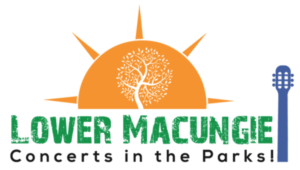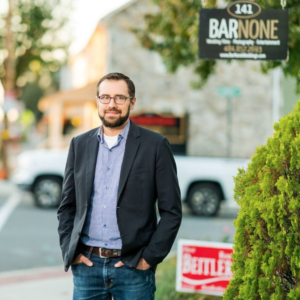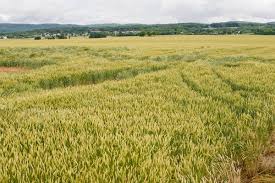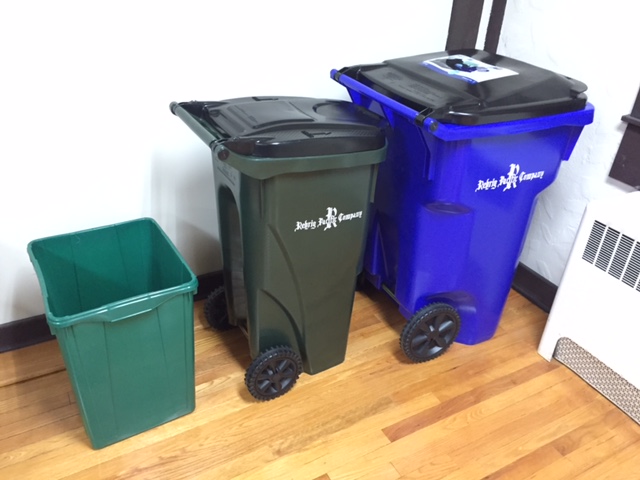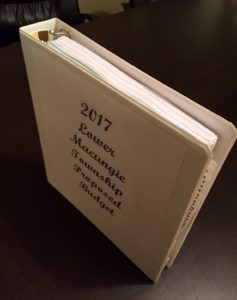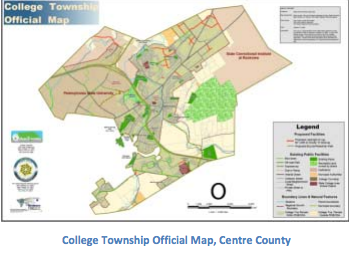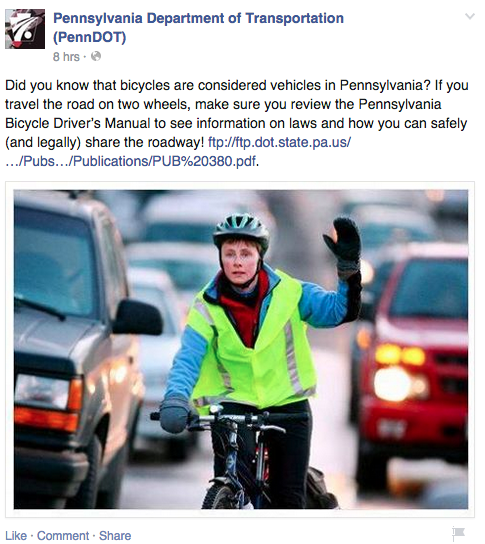Did you know Lower Macungie has a very successful yard waste recycling center and program? Any township resident can take advantage of the recycling program FREE! This includes both drop off of waste (we take all kinds of yard waste ranging from tree, branches, stumps to grass & leave clippings) and pickup of humus and mulch!
Yardwaste permit application form.
DURING WINTER HOURS: The yard waste recycling center, located at 5536 Indian Creek Road, operates from 12 p.m. to 5 p.m., Mon, Wed, Fri, Sat and Sun only during winter hours.
Click here for hours and list of acceptable waste.
*SPRING HOURS START MAY 1st-31st
Mon, Wed, Fri 9am-7pm.
Sat, Sun 12-7pm
SUMMER HOURS START JUNE 1st
Mon, Wed, Fri, Sat.9am-7pm
Sun-12-7pm
2019 Loading Service available on dates listed below while supplies last.
ONLY these Thursdays in April from 1PM to 5PM:
- April 4, 11, 18, and 25.
Hours: 7:30 a.m. to 11:30 a.m. (No refuse drop off during these times)
- Saturdays in April: April 6, 13, 20, and 27.
- Saturdays in May: May 4, 11, 18 and 25.
Cost: Starting at $15.00 CASH ONLY (small pickup truckload or small trailer)
No drop off of yard waste during loading service hours.
THANK YOU FOR RECYCLING YOUR YARDWASTE – Remember, dumping in public open spaces is illegal.
- Stay informed with what’s happening in Lower Macungie? Click here
- How to keep taxes low? Preserve farmland!
Lower Macungie Summer Parks Concerts Schedule
